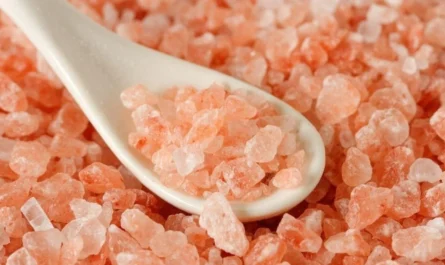What is Biological Seed Treatment?
Biological seed treatment, also known as biopriming or biopriming seed treatment, involves coating seeds with beneficial living microorganisms like bacteria, fungi, and some extracts from these organisms. The microbes applied through biological seed treatment help the seeds and developing seedlings in multiple ways. They protect seeds and seedlings from pathogens by outcompeting harmful microbes, producing antimicrobial compounds, and inducing systemic resistance in plants. The beneficial microbes also help increase nutrient uptake, support root development, and improve stress tolerance in plants. Some common microbes used in biological seed treatment include Trichoderma spp., Bacillus spp., Pseudomonas spp., Rhizobia, mycorrhizal fungi, and some extracts from these organisms.
Advantages of Biological Seed Treatment
There are several advantages of using biological seed treatment over chemical seed treatment:
– Environmental Friendly: Biological seed treatments are derived from naturally occurring soil microbes and do not contain any synthetic pesticides or fertilizers. This makes them much safer for the environment and non-target organisms compared to chemical seed treatments.
– Healthier Crops: The beneficial microbes in biological seed treatments help control diseases, improve nutrient availability, and promote overall plant growth and development. This results in healthier and more robust crops.
– Increased Yield Potential: Field trials have shown that biological seed treatment can increase crop yields by 5-10% compared to untreated seeds, through better plant establishment and stress resistance.
– Better Seed Quality: Microbial seed treatment improves seed germination and vigor. It reduces pre-and post-emergence damping-off caused by soilborne pathogens. This translates to better plant stand establishment.
– Soil Health Benefits: Many biological seed treatment products contain plant growth-promoting rhizobacteria and mycorrhizal fungi that improve soil structure and fertility.
– Alternatives to Chemicals: Biological seed treatment provides a non-chemical alternative to protect seeds and seedlings, reducing the dependence on agrochemicals.
Mechanisms of Disease Suppression and Plant Growth Promotion
The beneficial microbes in biological seed treatment protect plants through various direct and indirect mechanisms:
– Competition for Space and Nutrients: Fast-growing microbes like Trichoderma and Pseudomonas competitively exclude pathogens by occupying their ecological niche in the rhizosphere.
– Antibiosis: Microbes like Bacillus produce diverse antimicrobial metabolites that directly inhibit or kill plant pathogens.
– Induced Systemic Resistance: Colonization of plant roots by microbes triggers induced systemic resistance responses in plants, making them more resistant to a broad spectrum of pathogens.
– Nutrient Solubilization: Many plant growth-promoting bacteria and fungi solubilize immobilized nutrients like phosphorous and make them available for plant uptake.
– Phytohormone Production: Microbes produce growth-promoting substances like auxins, cytokinins, and gibberellins that regulate fundamental plant growth and developmental processes.
– Mycorrhizal Association: Forming symbiotic associations with plant roots, mycorrhizal fungi facilitate absorption of water and nutrients from the soil.
Products, Process, and Application Method
There are various Biological Seed Treatment products available in the market containing different beneficial microbes. The process involves thoroughly mixing the dry microbial formulation or liquid suspension with seeds using a tumbler or seed treater. Seeds can also be soaked in the formulation for a limited period.
After treatment, seeds are shade-dried and planted within a few days. Professional seed treatment equipment achieves uniform and consistent coating of microbes on seed surfaces. Application methods include slurry/dust seed treatment, seed soaking/priming, and furrow/in-furrow application. Proper timing, dosage and storage conditions are important for maximizing benefits.
New Avenues and Scope for Improvement
While biological seed treatment is a promising technology, there is still potential for further improvements. Areas that need more research include developing more effective and stress-tolerant microbial formulations, appropriate application methods for different crops and agro-climatic conditions, and methods to enhance shelf life of treated seeds.
Developing new biological products containing synergistic combinations of microbes tailored for specific crops and diseases is another avenue. Commercial seed treatment companies are also exploring opportunities in developing integrated options combining reduced rates of certain pesticides with biologicals. With further innovations, biological seed treatment could gradually replace the need for chemical seed dressings and help achieve truly sustainable agriculture.
*Note:
1. Source: Coherent Market Insights, Public sources, Desk research
2. We have leveraged AI tools to mine information and compile it




